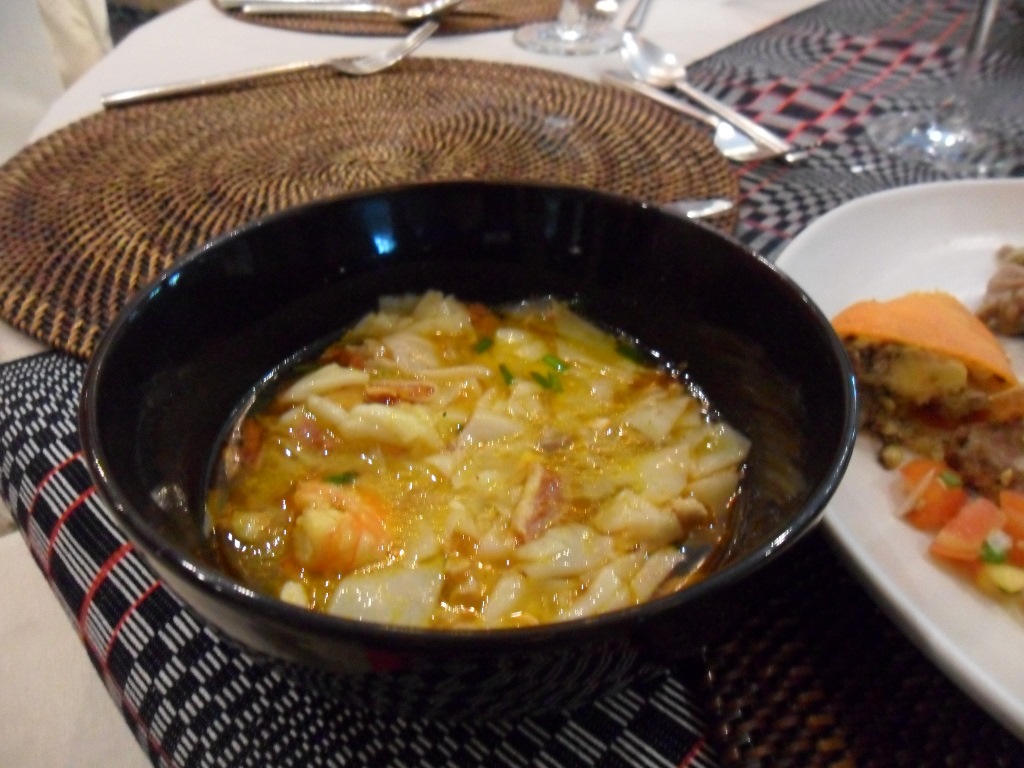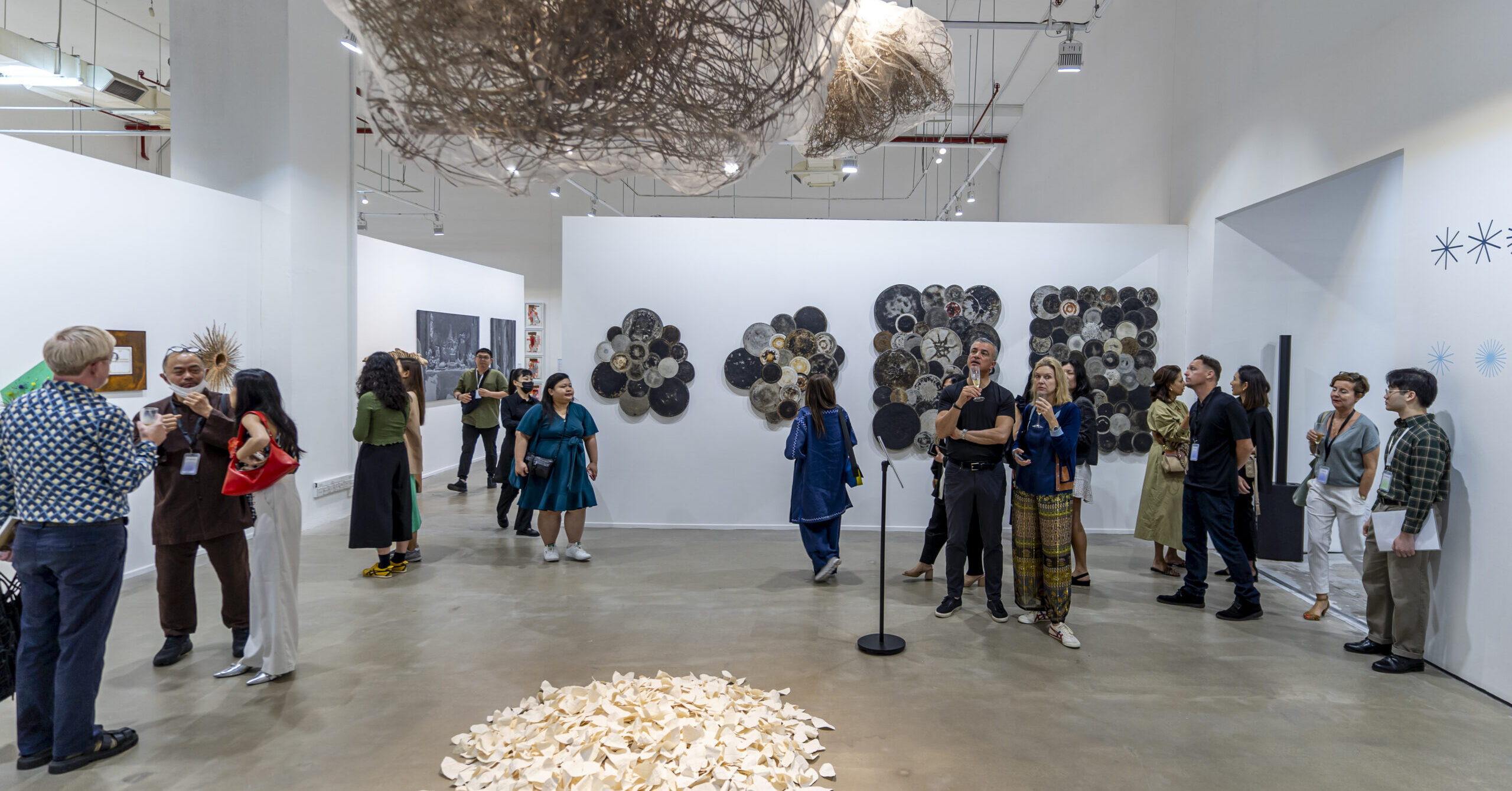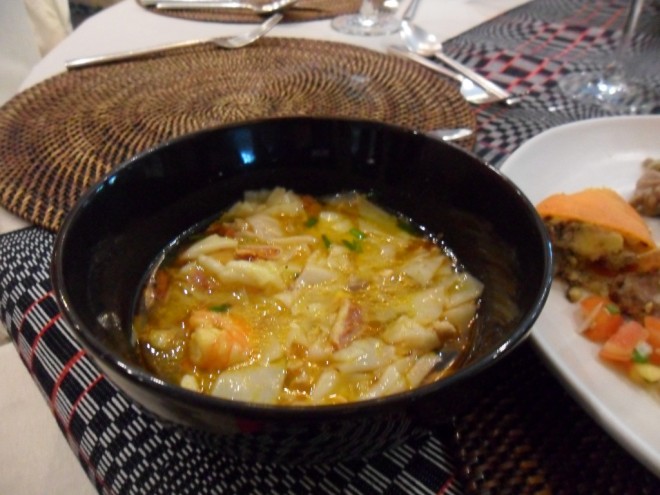
Say the word laksa and it’s hard not to get hungry. This Chinese-Malay noodle dish, enriched with spices and coconut milk, is a mix that opens up all the taste buds.
It’s especially inviting when cooked by someone who considers laksa a hometown specialty and personal comfort food.
Malaysian chef Cheung Yan See should fit the bill. He spearheaded Laksa Night at Enderun Colleges where he’s the culinary head.
Laksa Night was a fundraiser for the Youth with a Future project of Enderun’s Alain Ducasse Education program for the benefit of street children.
Chef Marc Chalopin of Alain Ducasse Institute Philippines and chef See oversee the program. Graduates are awarded a culinary arts certificate.
Presented that evening was the second batch of graduates. First batch members now work with local restaurants; four are employed at the Four Seasons Resort Dubai in Jumeirah Beach.
Heartwarming
A full dinner was served: appetizer of Ravioli of Pork and Garlic Stem with Tomato Sauce; followed by Curry laksa; main course, Steamed Chicken Rice; and dessert, Baba au Rhum.
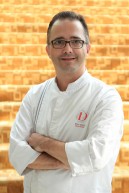
Of course everyone waited for the laksa, which came in a bowl with seafood, egg noodles, mongo sprouts, fish ball and tofu. But as the norm in most fine-dining events, the broth was poured piping hot from a teapot.
A delight was the Baba au Rhum. The cake looked more like a local bread, bonete, halved lengthwise, cream on the top.
Judging by the noise, it was a fun night among good company, with bottles of wine passed from table to table, old acquaintances renewed, new friendships made.
It was a gathering very much like what laksa is—heartwarming, filling, fulfilling.
Remembering Quirino
Ilocano food is another culinary come-on that’s hard to resist. It was what brought us to the celebration of the 120th birth anniversary of Philippine President Elpidio Quirino, held in Ayala Museum, Makati.
Since Quirino was from Vigan, Ilocos Sur, the specialties of the place were served.
Before the meal, guest speakers dispensed valuable knowledge to those who never knew about Quirino’s family, his accomplishments, his humanity and foresight.
It was during Quirino’s term (1946-48) that White Russian refugees fleeing Shanghai were given temporary residence in Guiuan, Eastern Samar, where the US had a small base and airstrip before World War II, according to Bernad Kerblat, Philippine representative to the United Nations High Commission on Refugees.
It was also Quirino who pardoned all Japanese prisoners of war despite the fact that his wife, three children and other family members were killed by Japanese snipers during the liberation of Manila, according to Aleli Angela Quirino.
Grandchildren Ruby Quirino Gonzales and Cory Quirino talked about their grandfather as family man.
Dr. Joven Cuanang, adviser of the President Elpidio Quirino Foundation, discussed the enduring qualities that make a leader and a good man.
And as a lighthearted addition, TV personality Lourd de Veyra said he had no escaping Quirino because he lives in Quirino district and studied at Quirino High School.
‘Pancit musiko’
First on the food fare was pansit musiko (served to brass band members during fiestas, hence its name)—miki noodles (one can get freshly prepared in Ilocos markets), some pork and/or chicken, spring onions and garlic. Adding atsuete (annatto) gives the broth its reddish hue, making it different from the ordinary Ilocos miki soup.
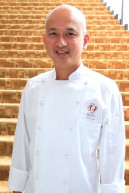
There was pipian, chicken dish of Ilocos Sur. Ground toasted rice thickens the broth, atsuete colors the soup, kamias or balimbing provides the sour taste.
An authentic pipian has pasotes, a type of herb that is probably originated in Mexico (epazote), which makes culinary historians think this is adopted from a Mexican dish with the same name. The difference is, instead of rice, pumpkin seeds are used in the Mexican version.
Other offerings were ar-arosep, a grape-like seaweed; small rice bibingka and empanada, all of which completed a portrait of Ilocano cuisine.
It is difficult to imagine Elpidio Quirino enjoying this kind of food in his sartorial best, which is how he is always presented in official photos. But being a “GI” (genuine Ilocano) and family man, he would have appreciated the all-Ilocano feast.
E-mail [email protected]

